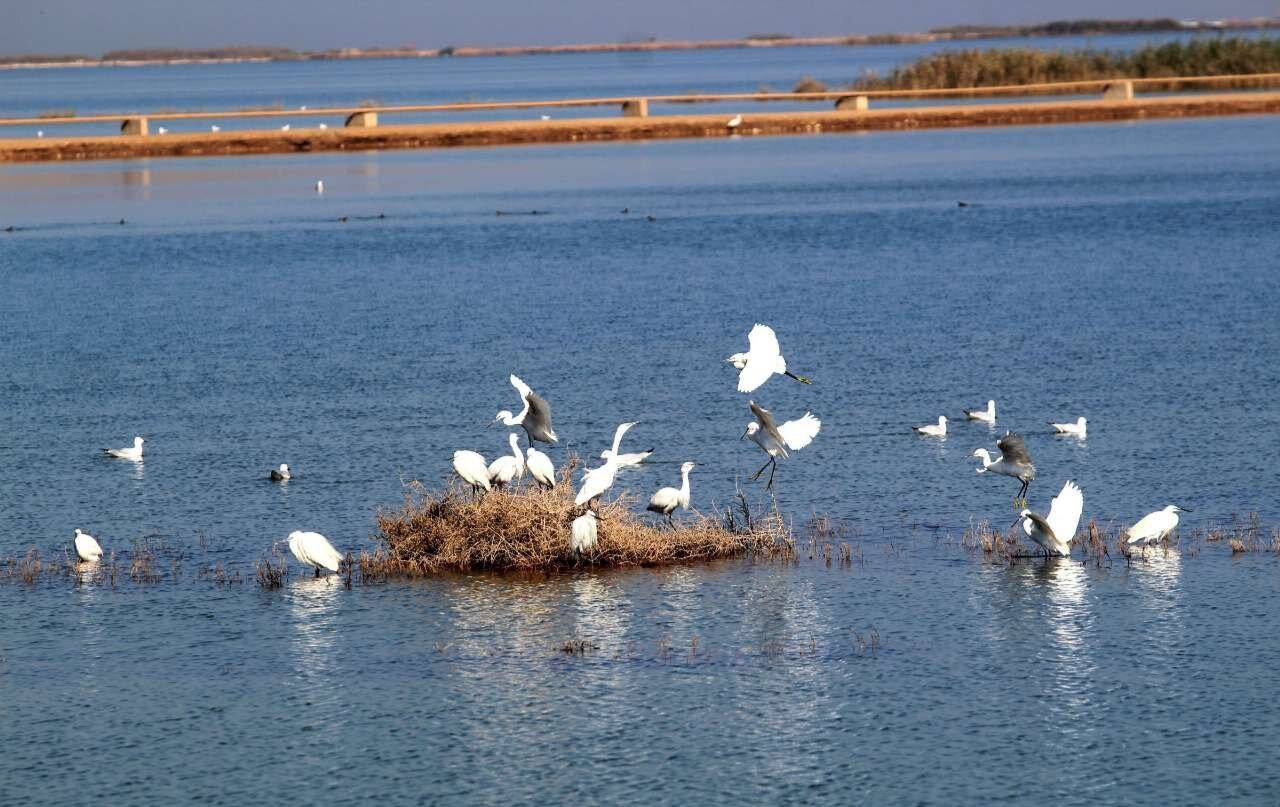National plan to improve wetland conservation via empowering local communities

TEHRAN –The Department of Environment (DOE) and the Ministry of Agriculture have signed a memorandum of understanding (MOU) to launch a national plan for empowering local communities to protect and promote the sustainable use of wetlands.
The main objective of the MOU is to turn wetland protection from a government initiative into a comprehensive social responsibility by focusing on training, empowering, and involving local communities.
Wetlands represent a vital ecosystem and are known as the kidneys of the Earth. These ecosystems, among other things, provide clean water, protect against floods, restore underground aquifers, and maintain surface water flow during dry periods.
Iran’s geography is distinct, teeming with diverse landscapes. The country has various wetlands, 27 of which were listed in the International Ramsar Convention.
Conservation of Iranian Wetlands Project
On December 10, 2024, Mehri Asna-Ashari, an official with the DOE, said the conservation project of Iranian wetlands has resulted in a 27.5 percent decrease in irrigation water consumption while increasing agricultural products by 22.5 percent.
“Currently, 49 wetlands, covering around 22 percent of the whole wetlands in the country, are being conserved in the form of native ecosystem management partnership,” IRNA quoted Asna-Ashari as saying.
She made the remarks at the meeting of the steering committee of the international project for the conservation of Iranian Wetlands.
Since 2021, the conservation project has been carried out in three wetlands including Shadegan in Khuzestan province, Bakhtegan in Fars province, and Urmia in West Azarbaijan province, the official noted.
Sustainable farming methods were implemented and 2,433 farmers were trained. By February 2024, the results showed that average agricultural production increased by 22.5 percent, whereas irrigation water consumption reduced by 27.5 percent. In addition, the consumption of chemical fertilizers decreased by 25 to 30 percent. Consequently, the income of each farmer increased by 14 percent.
The establishment of 26 non-governmental organizations (NGOs), and 181 livelihood support groups, and the implementation of alternative livelihood plans in 44 villages are some of the other achievements of the project, she added.
The official went on to say that “in 2024, the project was implemented with a budget of 678,000; we hope the project further yields positive outcomes with the allocation of the new budget. Of course, the financial contribution of the government was received with a little delay and insufficiently.
To implement the project more successfully, the Ministries of Agriculture, Energy, Interior, Foreign Affairs, as well as Planning and Budget Organization, and the United Nations Development Program are required to cooperate with each other,” Asna-Ashari noted.
In Iran, 141 wetlands with ecological value with an area of over 3 million hectares have been identified, of which 25 wetlands are designated as wetlands of international importance (registered in the Ramsar Convention) covering more than 1.4 million hectares and four sites are biosphere reserves.
MT/MG
Leave a Comment